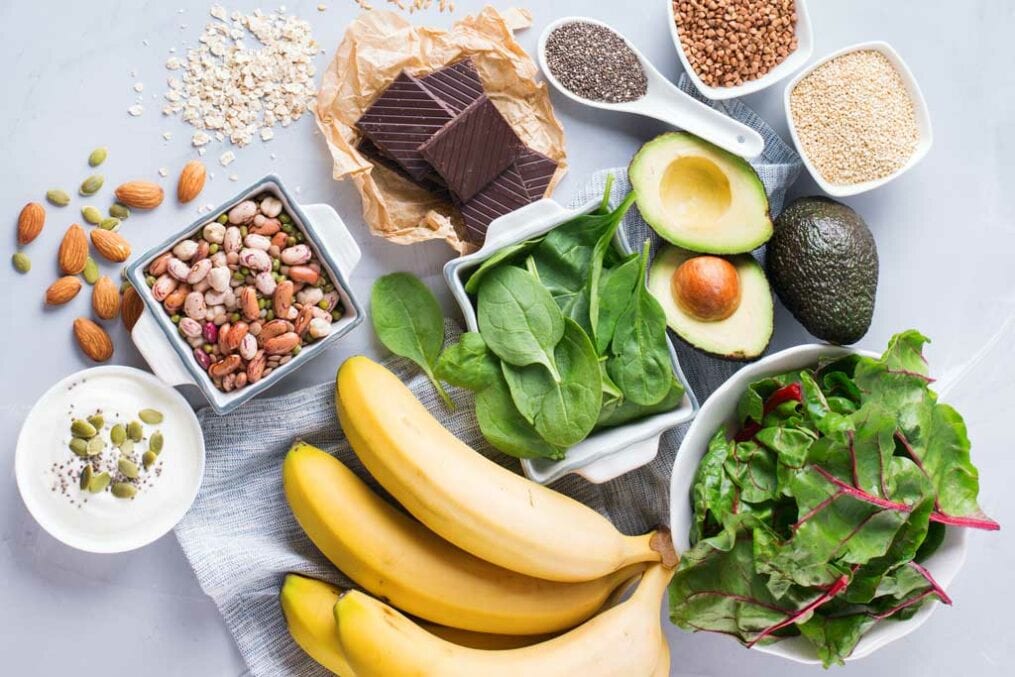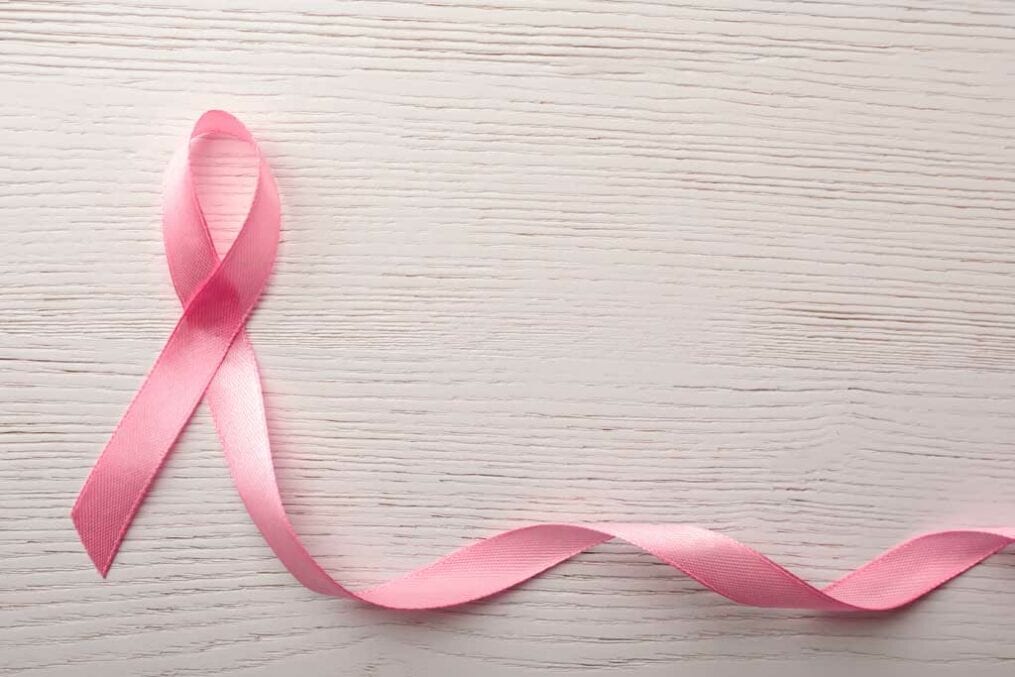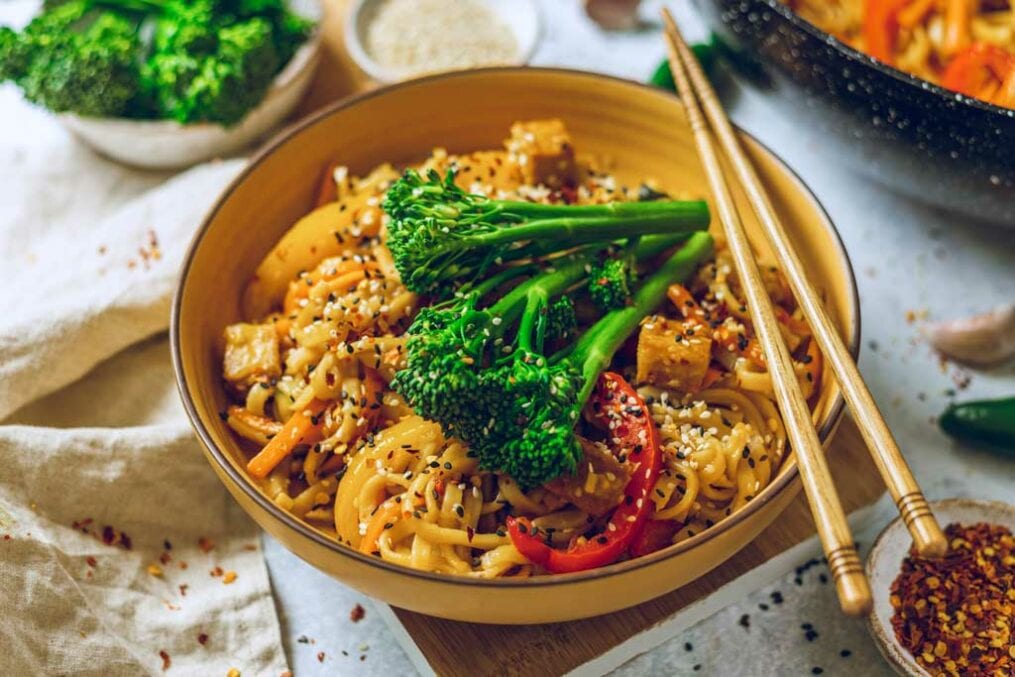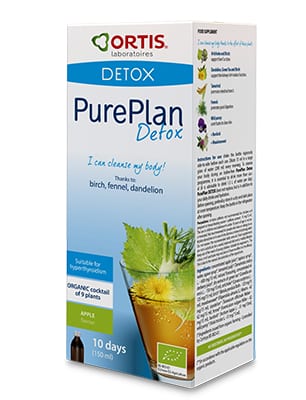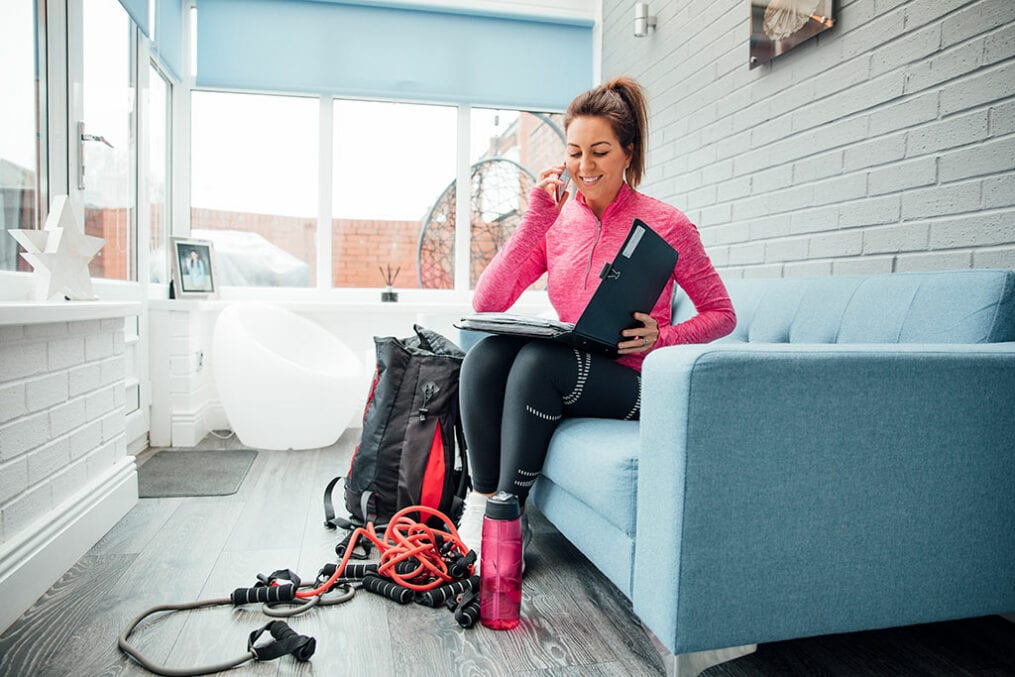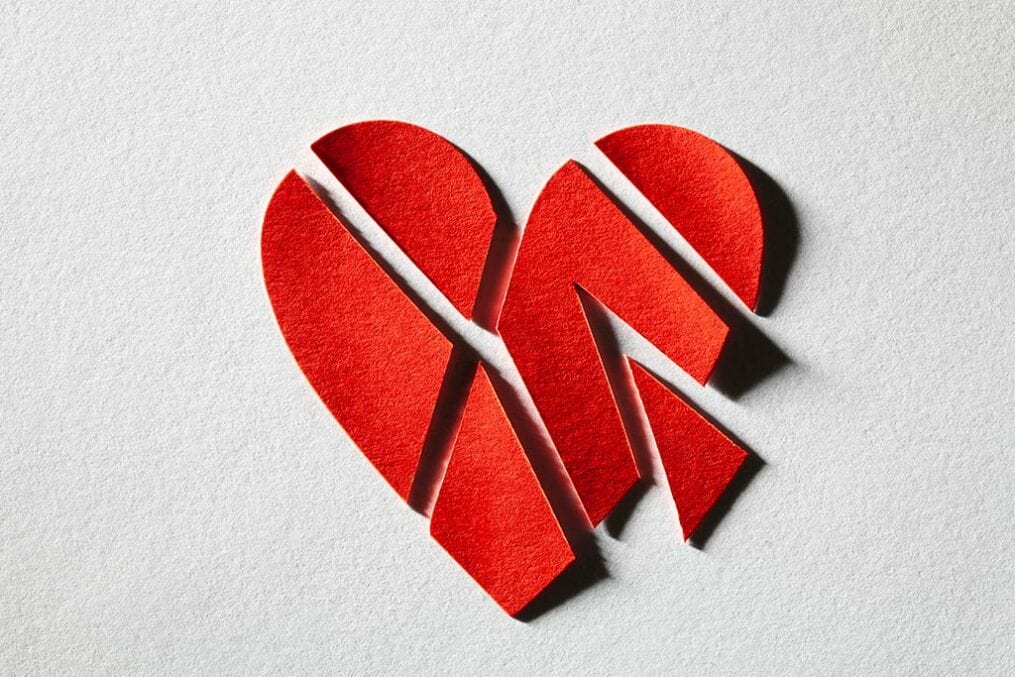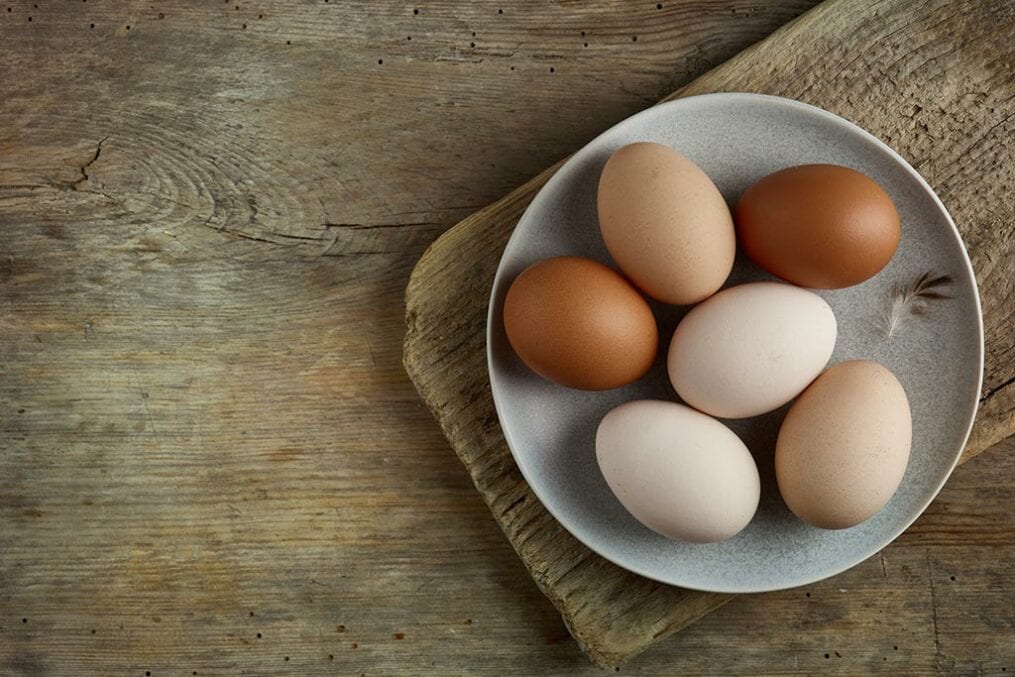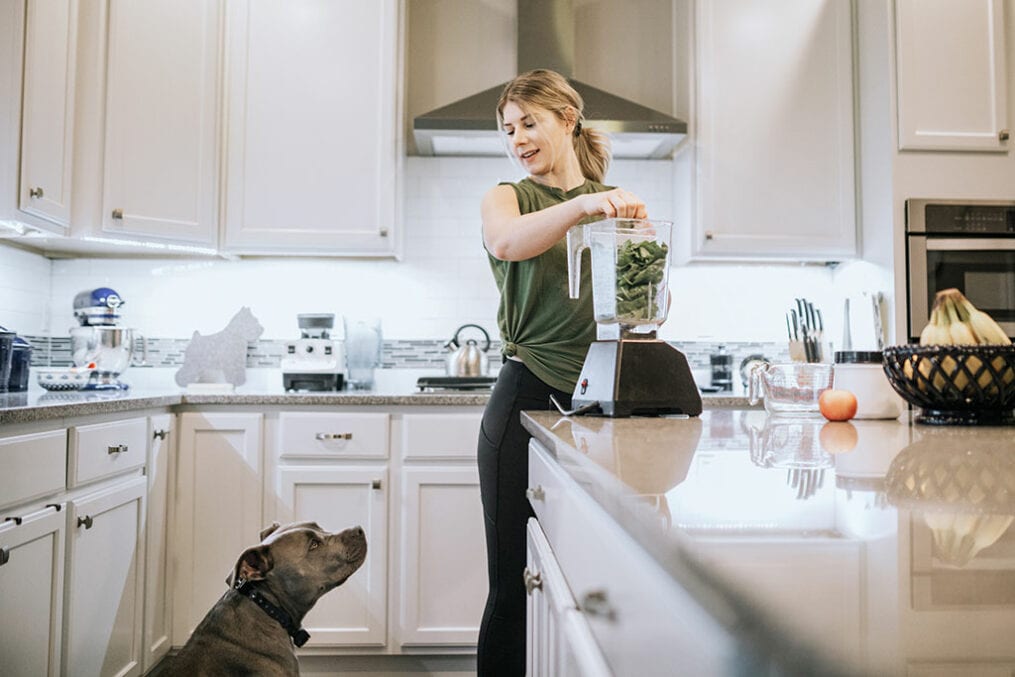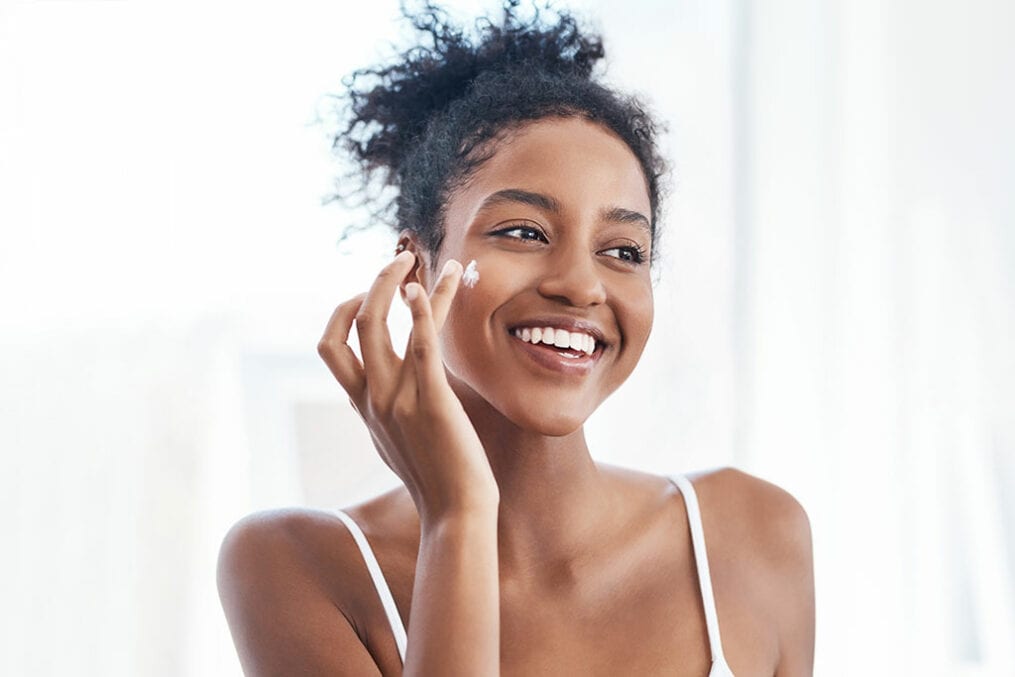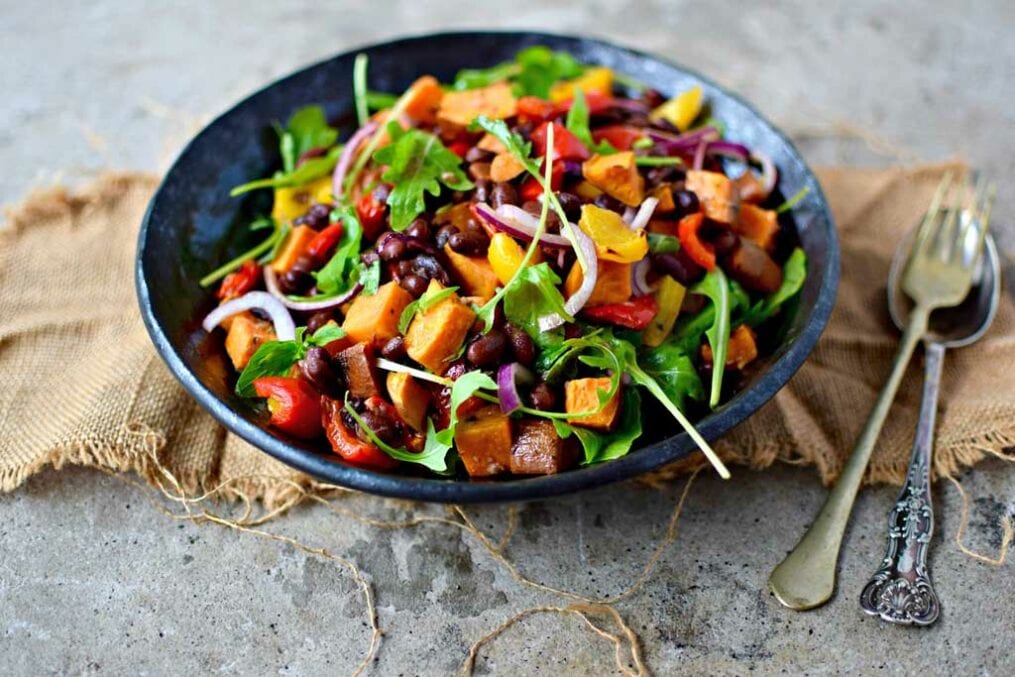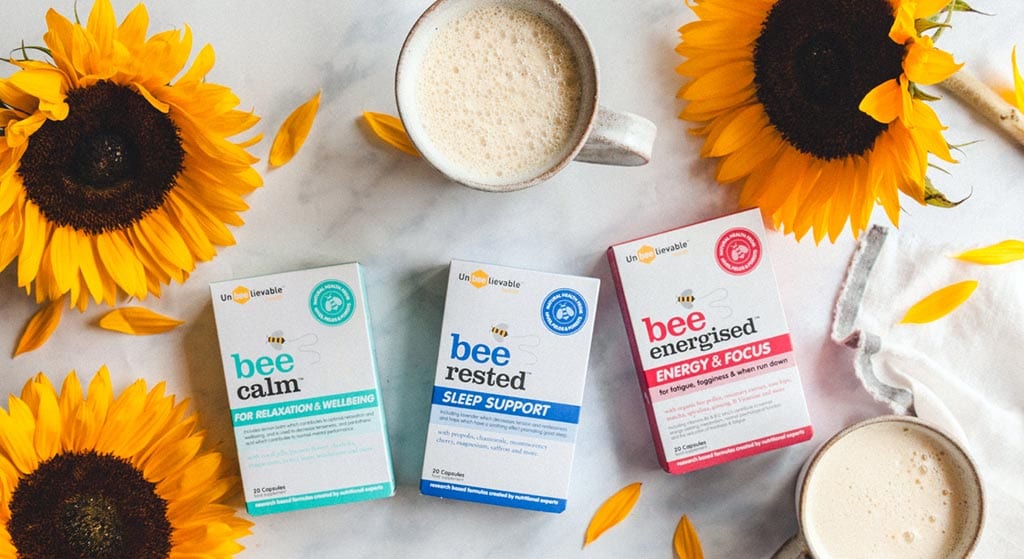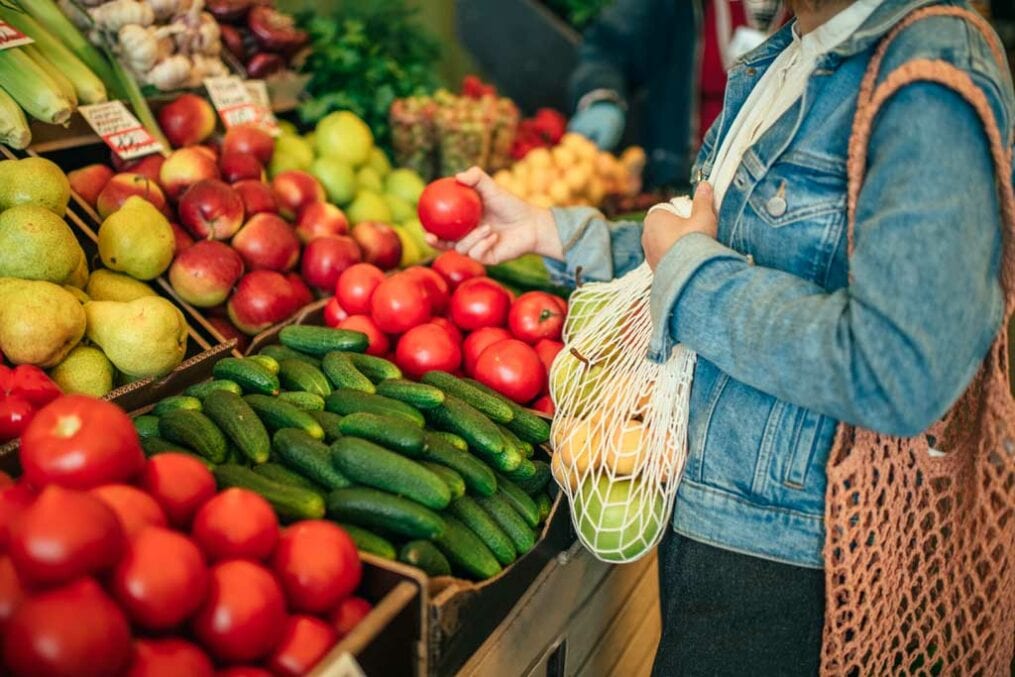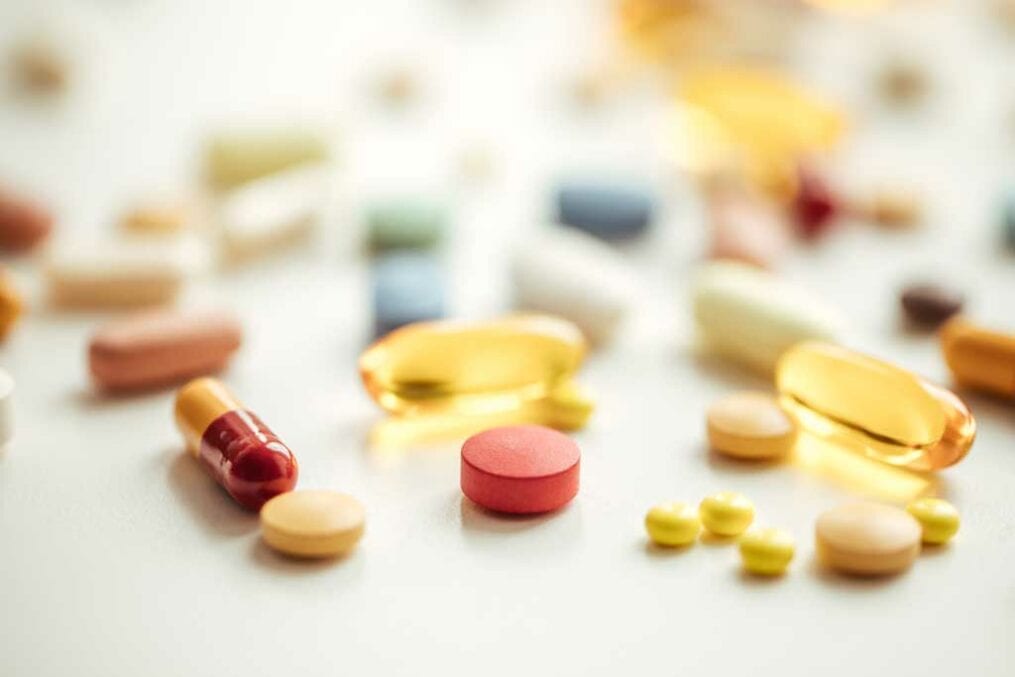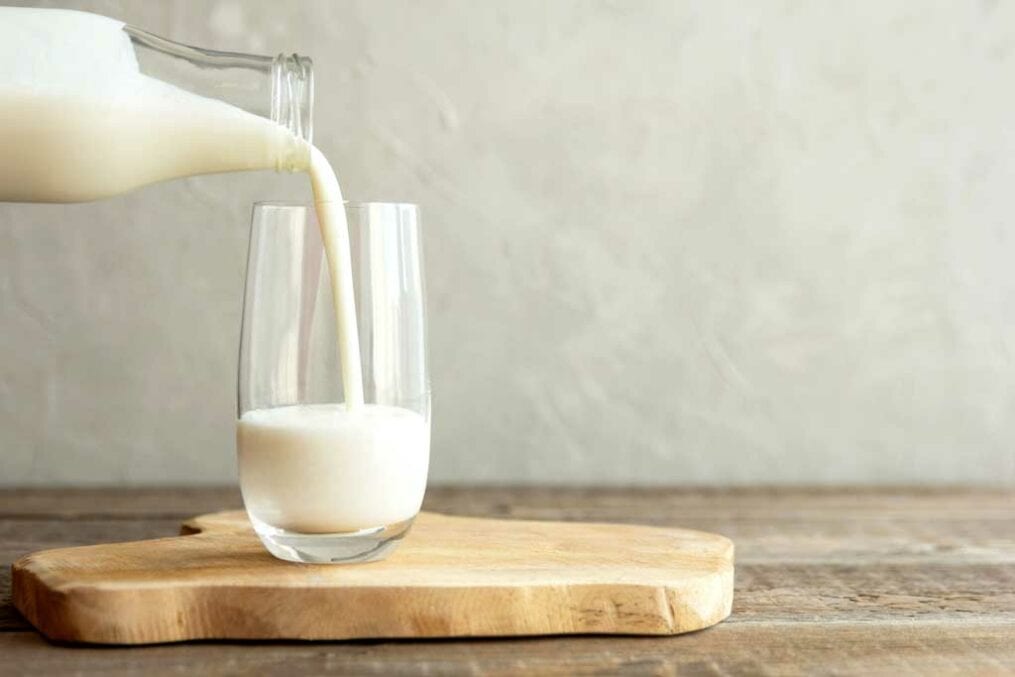
The national conversation around how we view mental health is definitely changing. The impact of Time to Change – the anti-stigma campaign run by Mind and Rethink Mental Illness – over the past decade has seen a nearly 10% positive change in public attitudes, which means around 4.1 million people now have more awareness and an improved attitude towards mental health. But when it comes to talking about our mental health at work, there is still a long way for us to go.
According to Thriving At Work, an independent report co-authored by Mind CEO Paul Farmer, around 300,000 people with a long-term mental health problem lose their jobs each year, which is a much higher rate than seen in those with physical health conditions.
Plus, around 15% of people at work have symptoms of an existing mental health condition. And what’s more, in a recent survey carried out for Mind’s Workplace Wellbeing Index, we found that four out of five employees with poor mental health cited workplace pressures as a contributory factor. Yet half of employees surveyed say they would not discuss mental health at work with their line manager, so there’s a disconnect.
You’re not alone
Just as our physical health fluctuates, so does our mental health, alternating between thriving, struggling and being ill and possibly off work. The World Health Organization defines good mental health as a state of wellbeing in which every individual realises his or her own potential, can cope with the normal stresses of life, can work productively and fruitfully and is able to make a contribution to her or his community. One in four people in England is diagnosed with a mental health condition in their lifetime. The prevalence of common mental health problems appears to have increased slightly over the last two decades, with the biggest rises in anxiety and depression, particularly among younger women and older men.
One in three men (32%) attribute poor mental health to their job, compared to one in seven men (14%) who say it’s due to problems outside of work. Women say that their job and problems outside of work are equal contributing factors; one in five women give their job as the reason for their poor mental health, the same as those who say problems outside of work are to blame (19%).
Breaking the silence
In recent years, employers have made progress with tackling stress and supporting their staff’s mental wellbeing, including those with a diagnosed mental health problem. But there is more to do. We must create positive and supportive workplace cultures, so people feel comfortable talking about poor mental health without fearing negative career implications.
If the UK prioritises mental health at work, we can become global leaders in reducing stigma, improving the mental health of the population and support for those who need it. As well as providing employees with good working conditions and ensuring they have a healthy work-life balance and opportunities for development, employers should encourage open conversations about mental health and make information, tools and support accessible. We want to see a time when every one of us will have the knowledge, tools and confidence to understand and look after our own mental health and the mental health of those around us.
Madeleine McGivern is the former Head of Workplace Wellbeing Programmes at mental health charity Mind. Mind offer free resources for employers to help improve mental wellbeing and employee engagement. For more information, see mind.org.uk/work
The post How do we break the taboo around mental health? appeared first on Healthy Magazine | Food | Fitness | Beauty | Health.

